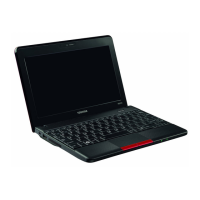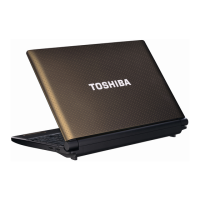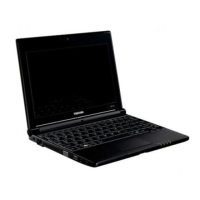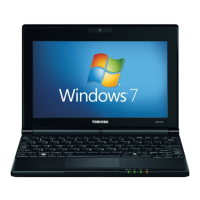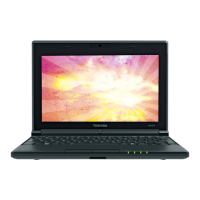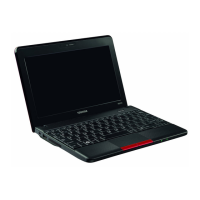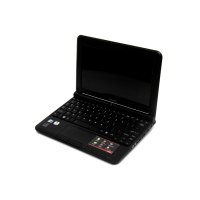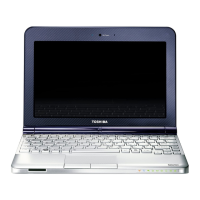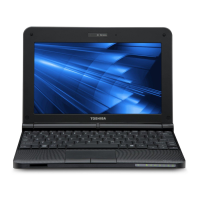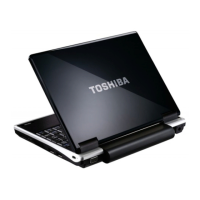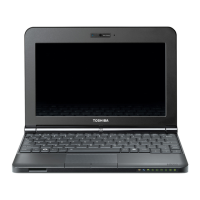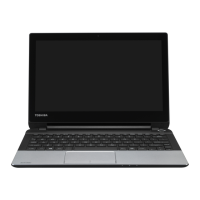
Do you have a question about the Toshiba NB550D Series and is the answer not in the manual?
Explains manual conventions, abbreviations, icons, keys, and terminology used.
Covers safe operation, ventilation, environment, and injury prevention.
Lists included hardware, documentation, and software for initial setup.
Provides step-by-step instructions for initial computer setup and basic operations.
Identifies and describes external components of the computer.
Details internal hardware components like CPU, memory, storage, and graphics.
Explains keyboard and touch pad operations, including hot keys and special functions.
Covers wireless communication setup, LAN connection, and Bluetooth functionality.
Details memory media usage, care, installation, and optional accessories.
Introduces pre-installed utilities for system management, customization, and troubleshooting.
Explains advanced features like hot keys, power management, security, and special modes.
Details system recovery options, creating media, and restoring software from media or disk.
Explains power indicators, battery types, charging, and maintenance.
Details power-up modes (Sleep, Hibernate, Shutdown) and related settings.
Outlines systematic steps for diagnosing and resolving computer issues.
Provides solutions for common hardware, software, and connectivity problems.
Guides users on how to obtain additional technical assistance from TOSHIBA.
Lists operating and storage conditions, and power input specifications.
Details AC power cord requirements and relevant certification agencies.
Provides legal disclaimers and footnotes related to specific computer components.
Discusses wireless device interoperability, safety, and health considerations.
Covers regulatory compliance, frequency restrictions, and country-specific approvals for wireless devices.
